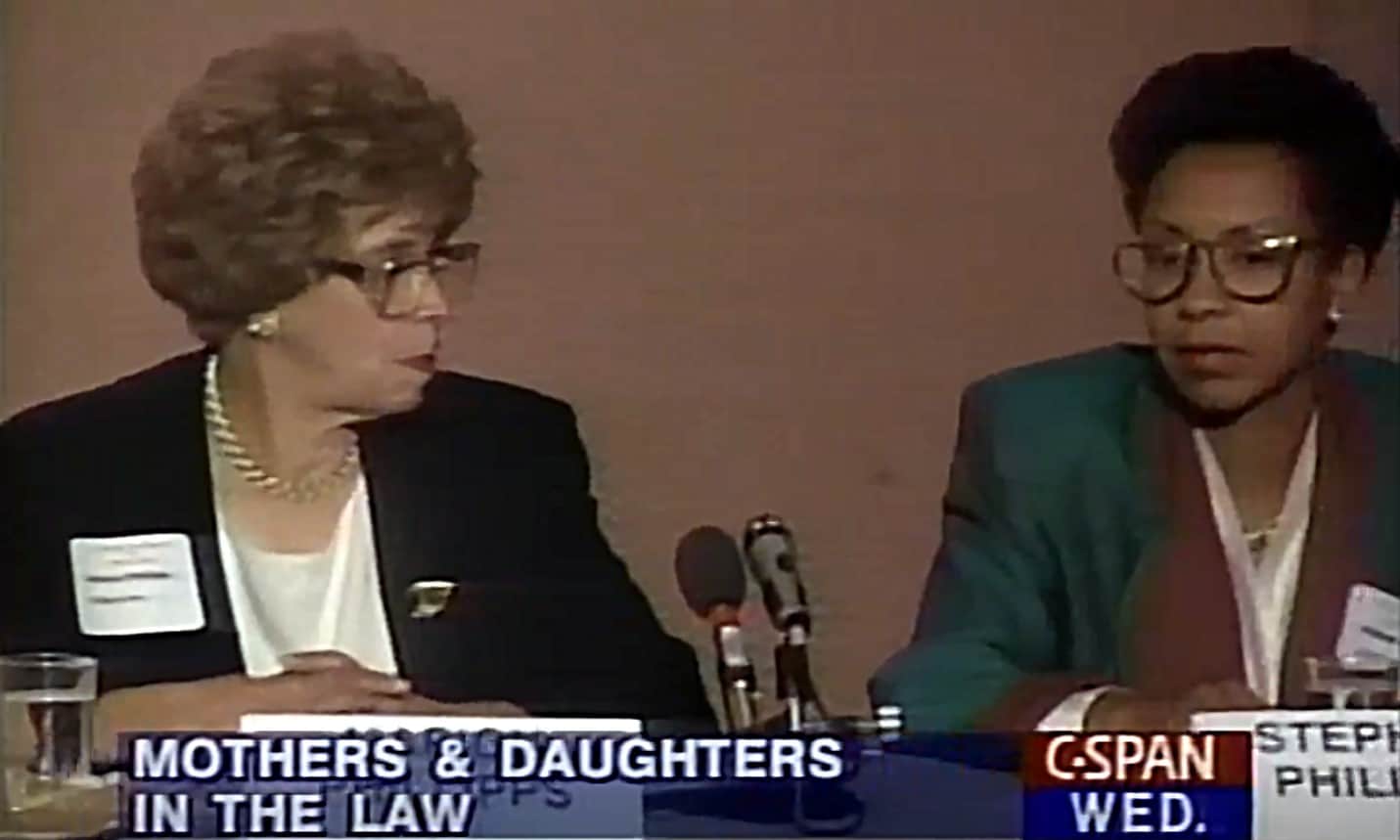 When our children come home from school, often they are hungry before it’s dinner time. Melissa Halas-Liang, MA, RDN, CDE is founder of SuperKidsNutrition.com, where she helps grow healthy families and communities through national partnerships. She talks with Beccastone about leftovers as after-school snacks, recipes for our children and different nutritional needs for boys and boys.
When our children come home from school, often they are hungry before it’s dinner time. Melissa Halas-Liang, MA, RDN, CDE is founder of SuperKidsNutrition.com, where she helps grow healthy families and communities through national partnerships. She talks with Beccastone about leftovers as after-school snacks, recipes for our children and different nutritional needs for boys and boys.
What are the best after-school snacks?
The best snacks are going to be made up of whole real foods. Real food snacks are packed with nutrients, water, and fiber to keep kids satisfied and hold them over until their next meal. Here are a few suggestions, subject to any allergies kids might have:
• Homemade nut/seed butter with apples, celery sticks or baby carrots
• 100% whole grain bread with homemade nut/seed butter and berries
• Plain Greek yogurt with fresh fruit
The worst?
The worst snacks are going to be highly processed foods that have excess sugar, salt, fat, and food additives. These foods are very high in calories but very low in nutrients, leaving kids feeling sluggish and hungry again in no time.
A good rule of thumb is choose whole foods 80% of the time. For example if kids are eating a half of sandwich and want something with it–80% of time, juice, fruit or veggies; 20% time, indulge in a snack bag of chips.
• Potato chips and soda/sweetened beverages or excess juice (larger than 6oz)
• Refined Crackers and cheese with food additives – but here’s a great list of healthy crackers.
• Cookies and chocolate milk
How do we inspire our kids to eat more fruits and vegetables as after-school snacks?
First and foremost eat them yourself for snacks. Kids develop their habits from watching others, especially their parents.
Have them ready. Kids are usually starving when they get home from a long day at school.
They want to eat the quickest and easiest thing in the house. If the choice lies between washing and cutting fruit or vegetables and grabbing from an open bag of chips they will tend to go with the latter.
Make them appealing. Although it varies with the age of the child making the produce pretty and fun goes a long way when competing with fun shaped crackers and fruit snacks. Example: refer to orange wedges as orange smiles!
Some children want whole meals, it seems, when they get home from school. Do we give it to them?
This should be evaluated on a case by case basis. It can’t be a hard and fast rule, since, during a growth spurt, a child may consume more calories than usual. Talk with your child about her hunger level and let her know how long until the next meal will be. We want to honor a child’s hunger and keep them in touch with their hunger signals as much as possible. Use the information by packing a slightly bigger lunch the next day or packing an after-school snack for the way home.
Discourage kids from eating their after school snack in front of the TV. If possible, share a conversation about the day together while they eat. They will be more in touch with their hunger and eat just what they need. After eating, let them veg out before digging in to homework.
Do boys and girls have different nutritional needs when they get home from school?
After-school, boys and girls often have different calories needs –you can visit choosemyplate.gov for a breakdown on age and gender. The best approach is for the parents or caregivers to provide a wholefood-based after-school snack a 2-3 hours before dinner and allow the children to make their own decisions on how much to eat.
Is after-school snacking contributing to adolescent obesity?
After school snacking can contribute to obesity if calorically dense snacks are being mindlessly consumed during sedentary behaviors, such as while watching television or playing video games. In addition, excessive juice or sugar sweetened beverage consumption can also contribute to obesity. Liquid calories do not register in the body in the same manner as solid food, so it is prudent to limit sugary beverages.
Overall, pay attention to the frequency of snacking, the qualities of snacks, portion sizes, and the child’s activity level. Snacking alone does not necessarily cause obesity, but the conditions in which snacking occurs need to be scrutinized.
What about food children can cook for themselves?
Under adult supervision, elementary children can cook their own black bean and vegetable quesadillas on the stove or by using a toaster oven. Older children (3rd grade +) that have been taught how to properly and safely handle a knife can cut their own fruits and vegetables for snacks and pair them with nut butters or dip.







Share your thoughts